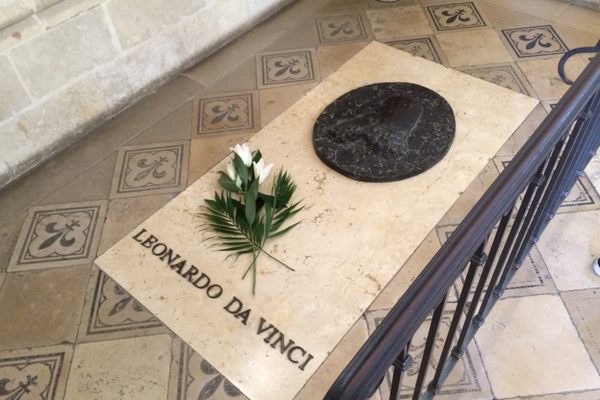Musee du Compagnonnage
This museum preserves over-the-top masterpieces that once qualified artisans for membership into a medieval guild.
Forget ships in a bottle. This museum includes interlocking wooden wheels showcased in bottle displays. It’s also home to a violin composed of sugar, a pair of wooden shoes about four feet long, and a booby-trapped lock designed to snare the hand of anyone who tries to pick it. The common denominator for all these items? Each of these objects is a chef d’œuvre, or masterpiece produced by a craftsman applying to become a compagnon.
Compagnonnage refers to a system of social organizations for skilled tradesmen that started in the late Middle Ages and continued into the 1700s. They were similar to guilds, as there was a different one for each trade, but the focus was more social than economic.
One of the requirements for membership was that each aspirant had to produce a chef d’œuvre to demonstrate their skill. The more elaborate and intentionally-difficult the chef d’œuvre, the better. Hence the wheels in a bottle, the massive loaves of bread covered with artificial flowers, the miniature four-way staircases, and the other incredible treasures inside the Musée du Compagnonnage. There’s a wide variety of trades represented, everything from ropemakers, to shoemakers and bakers.
A few sections towards the end of the exhibit describe the rituals and other requirements of compagnonnage. Besides producing a chef d’œuvre, aspirants had to demonstrate good moral character and make a trip throughout France known as the Tour de France to acquire knowledge.
One section of the museum discusses the adoption of Masonic symbols by Enlightenment-era chapters of compagnons. Although this historical background is certainly interesting, the museum’s show-stoppers are undoubtedly the chefs d’œuvre themselves.
Know Before You Go
The introductory signage that explains the history of the compagnonnage system is almost entirely in French. Each sign has an English summary of the essential information at the bottom, but not in as much detail as the French version. There’s no English signage in the exhibits, but it’s not difficult to identify the trade represented in each section. The chefs d’œuvre themselves require no translation.




















Follow us on Twitter to get the latest on the world's hidden wonders.
Like us on Facebook to get the latest on the world's hidden wonders.
Follow us on Twitter Like us on Facebook